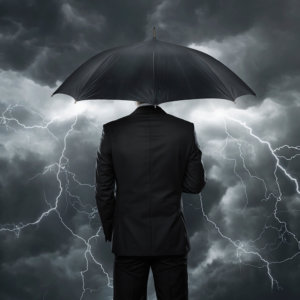How to Avoid a Social Media Fiasco
A panel at the 2014 South by Southwest festival highlighted five ways to avoid a social media crisis.
Topics
Social Business
Among the most valuable sessions I attended at last month’s South by Southwest (SXSW) conference in Austin, Texas, was one entitled “Tomorrow Is Another Day: Surviving A Social Media Crisis.”
The session threw cold water on anyone who might believe that social media crises are uncommon things that happen only to other companies. A slideshow of high profile fiascoes offered a compelling view of just how commonplace these events have become.
Here are a few key takeaways I took from the panel for how to keep a company from being the next entry on the steady parade of social media disasters:
Do not try to capitalize on catastrophic events. The number of brands that get themselves into trouble by attempting to capitalize on trending and important topics in inappropriate ways was an eye-opener. Memorials for 9/11, Superstorm Sandy, Pearl Harbor Day and the Boston Marathon bombing are only a few that were mentioned. Just because a topic is trending does not mean it’s necessarily a good opportunity to promote a brand. Companies can express solidarity or sympathy in appropriate ways, but they need to think twice before knee-jerk efforts at pushing their products in similar situations.
Plan ahead for social media fiascos. Just as companies develop a plan for other emergencies — such as fires, earthquakes and other natural disasters — so a company should develop a plan for handling social media emergencies. When these crises occur, they often develop too quickly to respond effectively unless leaders have already thought through how they will respond. A well-considered response may be the best approach to heading off a social media crisis before it gets out of control. This includes being aware of situations that have the potential to lead to a crisis, such as making sure you have control of the company’s social media accounts before you announce employee layoffs.
Social media crisis plans may have several important elements. One is to ensure that a company identify a senior decision maker who is empowered to act in such a crisis. Other key decision makers also need to be in place to authorize deviations from the plan to account for a rapidly changing environment.

